Join More Than 50,000+ Subscribers and get latest camera news and rumors
NEW CAMERA VIDEOS ON YOUTUBE
|
By admin, on March 25th, 2024
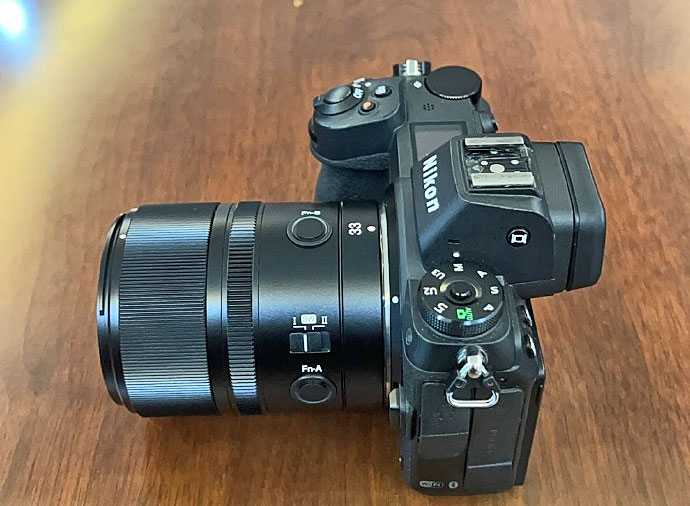
Yongnuo Nikon Z mount AF 33mm F1.4 announcement is expected anytime soon. stay tuned We will post an update soon.
Yongnuo Nikon Z mount Lenses
Yongnuo 85mm f/1.8Z DF DSM Lens (Nikon Z)
Yongnuo YN 50mm f/1.8S DF DSM Lens for Nikon Z
Yongnuo 35mm f/2Z DF DSM Lens (Nikon Z)
Yongnuo YN 50mm f/1.8Z DA DSM Lens (Nikon Z)
Follow us on our social pages FACEBOOK | TWITTER | INSTAGRAM to get live news + Nikon Rumors 24X7.
source – camerabeatawebio
By admin, on March 24th, 2024
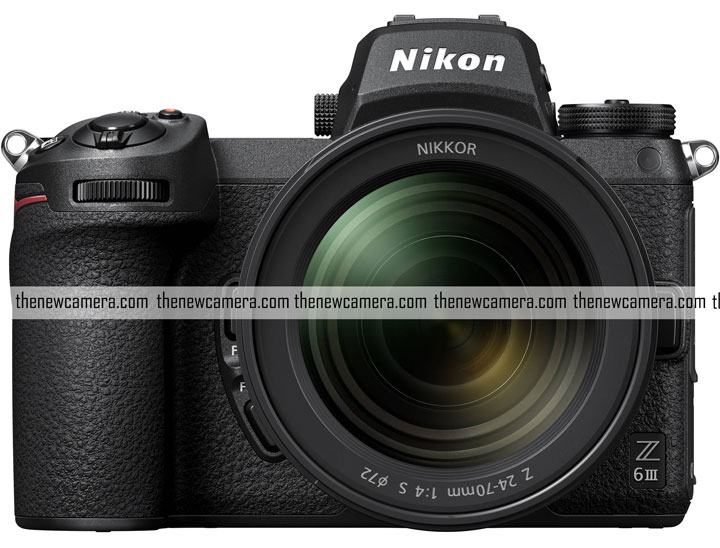
Take a look at the latest rumored specifications surfaced over the web, of the Nikon Z6 Mark 3 camera. This is slightly different from the set of specs shared by retailers on a social media account webio a few days ago, according to the retailer the camera can shoot upto 40FPS in JPEG mode, and in the recent set of specs we have the camera can shoot upto 20FPS (RAW) with the help of electronic shutter (wait a min, if 20FPS RAW shooting is possible with Z6 Mark III then without a doubt we can have continuous shooting speed up to 40FPS in jpeg Mode)
Nikon Z6 Mark III Specifications
- 6k size 6048 x 4032 full-frame 12-bit NRAW
- Full HD movie at 240fps (8-bit crop)
- 14 fps mechanical, 20 fps electronic shooting (RAW)
- No bird AF at the time of release but it could be added in future firmware updates
- HDMI A (version 2.1)
- USB-C 3.0 (SuperSpeed)
- Several new features not seen in other Nikon cameras including online firmware updates (finally!)
- Official announcement expected in April/May (NAB?)
Initially, after looking at the core specifications of the camera, it looks like someone has used the prototype of the upcoming Z6 Mark 3 camera. It’s mentioned that the existing body the person is using doesn’t feature a bird recognition autofocus algorithm, which indicates that the body is in its early stage with some uncooked firmware.
Follow us on our social pages FACEBOOK | TWITTER | INSTAGRAM to get live Camera News + Nikon Rumors 24X7.
source nikonrumor
By admin, on March 23rd, 2024
LUNA 30-300 T4.0 ZOOM 10X zoom Cinema Lens image, the lens is said to be one of the first lenses of the Viltrox Luna series, and very soon we will have more lenses coming in.
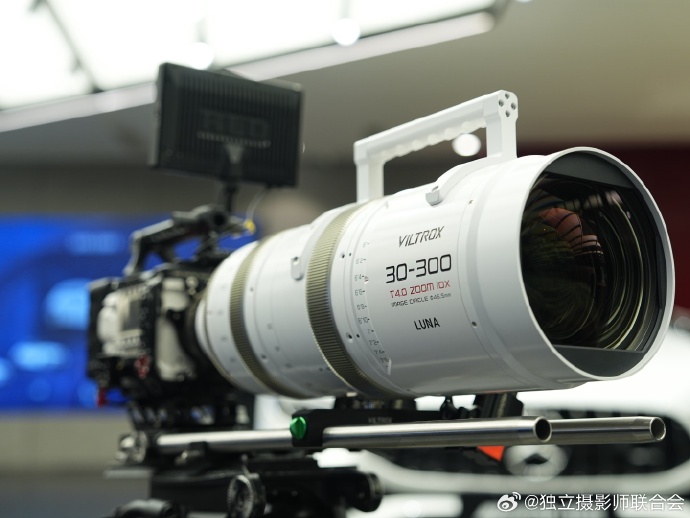
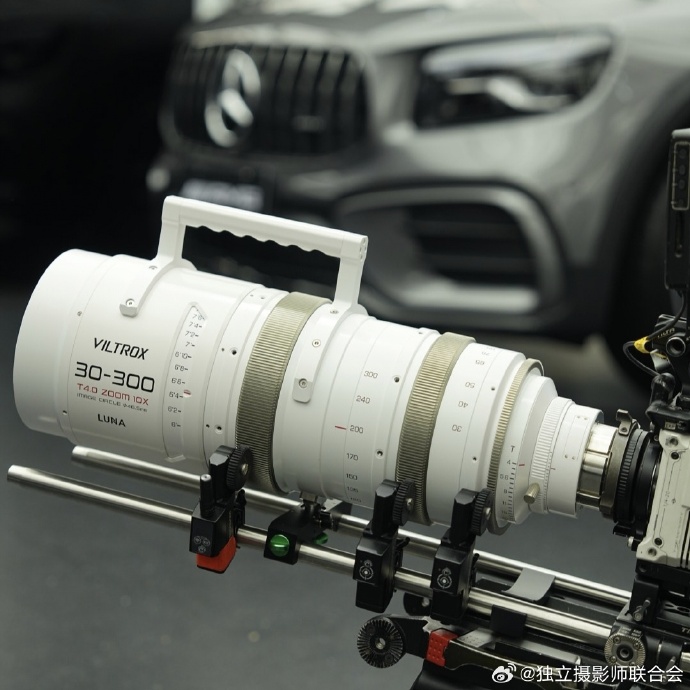

Follow us on our social pages FACEBOOK | TWITTER | INSTAGRAM, If you have time –>see more Camera News
source – camera beta webio
By admin, on March 23rd, 2024
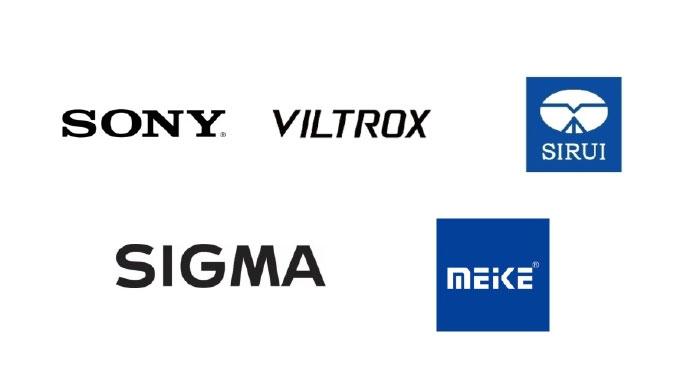
Upcoming Third Part Lenses Update – For Sony | Nikon – March | April 2024 – Take a look at the list of third party lenses, expected to arrive in next couple of weeks.
Inventory or upcoming Sony E-mount autofocus lenses:
Sigma 50mm F1.2 DG DN, to be released on March 26th.
Sony FE 16-25mm F2.8 GM, to be released on April 16th/17th.
Sony FE 24-70mm F2.0, release date to be determined.
Sony FE 85mm F1.4 GM II, release date to be determined.
Viltrox LAB series lenses
Viltrox AF 35mm f/1.2 LAB (Sony E and Nikon Z)
Viltrox AF 50mm f/1.2 LAB (Sony E and Nikon Z)
Viltrox AF 85mm f/1.2 LAB (Sony E and Nikon Z)
Viltrox 135mm f/1.8 LAB (Sony E, Nikon Z and X mount)
Next is the Viltrox Pro series lenses. After the Lab series, Viltrox is also adding 3 new Pro series lenses for both Sony E-mount and Nikon Z-mount. Possibly, all of these lenses will become available in the year 2024.
Viltrox PRO Series
Viltrox AF 35mm f/1.4 Pro (Sony E and Nikon Z)
Viltrox AF 50mm f/1.4 Pro (Sony E and Nikon Z)
Viltrox AF 35mm f/1.4 Pro (Sony E and Nikon Z)
Other lenses on the list
Viltrox 40mm f/2.5 (for E Z X mount)
Viltrox 56mm f/1.7 (for E Z X mount)
-Sirui Optics AF16mm F1.2 and
AF75mm F1.2 E APS-C, release date to be determined.
Meike AF35mm F1.4 MIX E full-frame, Release date to be determined.
Meike AF50mm F1.4 MIX E full-frame, Release date to be determined.
Meike AF85mm F1.4 MIX E full-frame, Release date to be determined.
Meike new APS-C automatic fixed-focus large aperture lens, Focal length is currently unclear, Release date to be determined.
Follow us on our social pages FACEBOOK | TWITTER | INSTAGRAM, If you have time –>see more Sony Alpha Rumor
source camerabeta
By admin, on March 21st, 2024
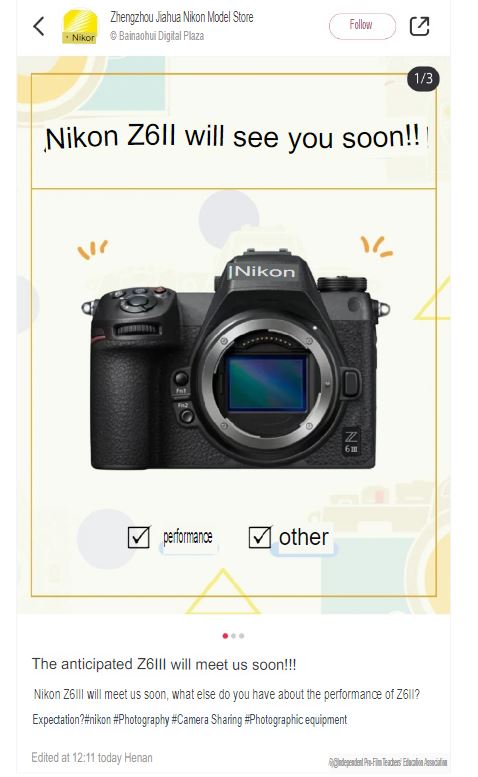
A leading Nikon dealer in China has released a statement, expressing their excitement that Nikon Z6 III is coming and sharing the specifications of the Z6 III camera. The following information he has shared on his social media handle.
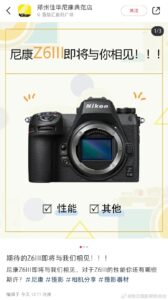
Nikon Z6 Mark III specification
Pixels: 24.5 million pixels
Processor: EXPEED7 processor
Anti-shake: Level 7 anti-shake
Shutter speed: 1/16000 second
AF: 299 points
Video: 6K/60p&4K/120p 12bit N-RAW recording
4KH.265 10Bit MOV video, can be 6K oversampled 4K
FX format or DX format up to 120p.
Continuous shooting: up to 40fps FX format, 120fps DX format continuous shooting
Viewfinder: Brand new high-resolution viewfinder with 5.76 million pixels
Card slot: support CFexvressB, SD UHS-II
Battery: EL-15 battery
Set up a warm association of photographers
Additional Specs
other
Pixel displacement high-resolution photography
Easy-to-use multi-angle LCD screen
Fine shutter angle options, split the project pause rate from the shooting pause rate
Support WiFi2.4/5GHZ, Bluetooth LE connection
USB-C fast charge & HDMI Type-A connection
Inherited from the Z8 style body, smaller than the Z8
Top micro-label (same as Z8 and Z9)
PASM dial pad
If a retailer [Modal Store] shares information from a rumor website then for sure there has to be something coming next soon. Let me know guys what do you think ?
PS: TNC Take – So, we don’t know how much of the information is authentic or the Chinese retailer is a fan of rumor websites, since we have already published the core specification of the Nikon Z6 Mark III camera a while ago.
7 Best Lenses for Nikon Z8 (…and 3 to avoid)
Nikon ZF vs Nikon Z6 Mark II – 12 Major Differences
Follow us on our social pages FACEBOOK | TWITTER | INSTAGRAM to get live news + Nikon Rumors 24X7.
source CAMERA BETA WEBIO
By admin, on March 21st, 2024
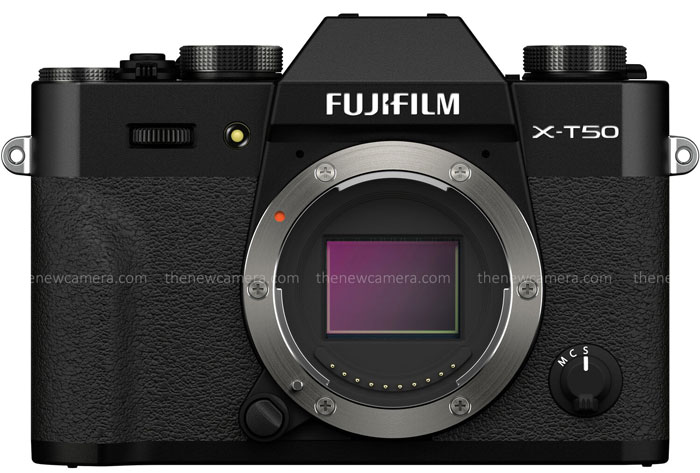
According to the latest rumors from the rumor mill, the Fuji XT50 camera is set to arrive next from Fuji. There will be no Fuji X T40, instead of that, they will directly announce the Fuji X T50. Also, Since the Fuji X T5 camera is already available, it no longer makes sense to introduce a Fuji XT40.
As for the camera’s specifications, the Fuji XT 50 will likely become the most affordable APS-C camera with a 40-megapixel 5th generation X-Trans sensor, the same as of the Fuji X-T5.
We will post an update as soon as we get any new information.
Get LIVE RUMORS –> FACEBOOK | TWITTER | INSTAGRAM to get live news + Canon rumors 24X7
source FR.com
By admin, on March 19th, 2024
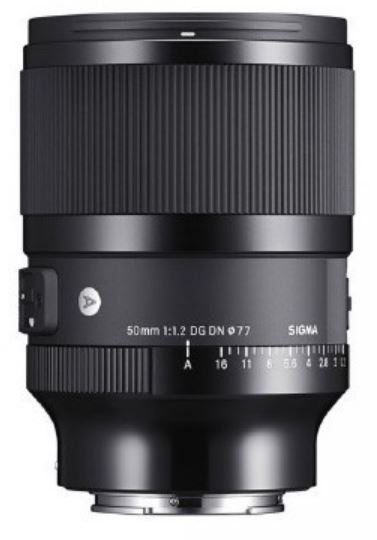
We now have the leaked images of the to-be-announced Sigma 50mm F1.2, the lens is coming for the Sony E-Mount and Leica L-Mount.
When Compared to Sony’s 50mm F1.2GM, the new lens is said to be more compact lightweight and affordable, overall similar to their own 50mm F1.4 lens. It features a 77mm filter interface and 13 aperture blades. It will be available in Sony E-mount and Leica L-mount versions and is expected to be released within the next two weeks at a slightly lower price than the original manufacturer’s.
Follow us on our social pages FACEBOOK | TWITTER | INSTAGRAM, If you have time –>see more Sony Alpha Rumor
|
KEEP THIS BLOG ALIVE - Support New Camera Buy Canon Lenses, Buy Music CD or Digital Camera at amazon it helps this site, and you do not pay anything extra, it is just a way to help support this site.

|















